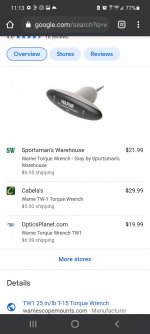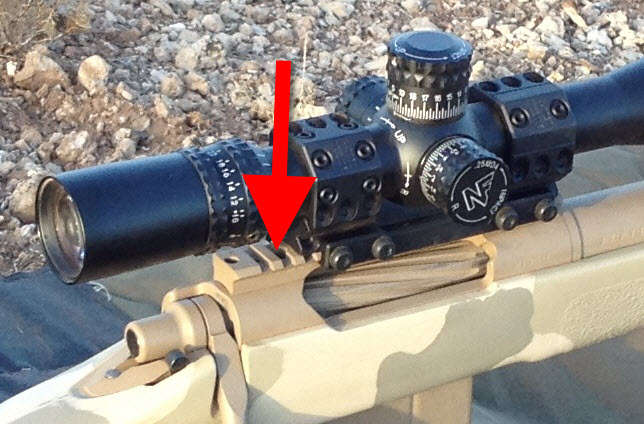Perrenial question dept;
Use Loctite on ring cap and/or base screws?
Dont want permanent so red is out. Maybe blue but given the small hex/torx screws and ease of stripping the socket I think maybe not. That leaves purple.
Use Loctite on ring cap and/or base screws?
Dont want permanent so red is out. Maybe blue but given the small hex/torx screws and ease of stripping the socket I think maybe not. That leaves purple.





